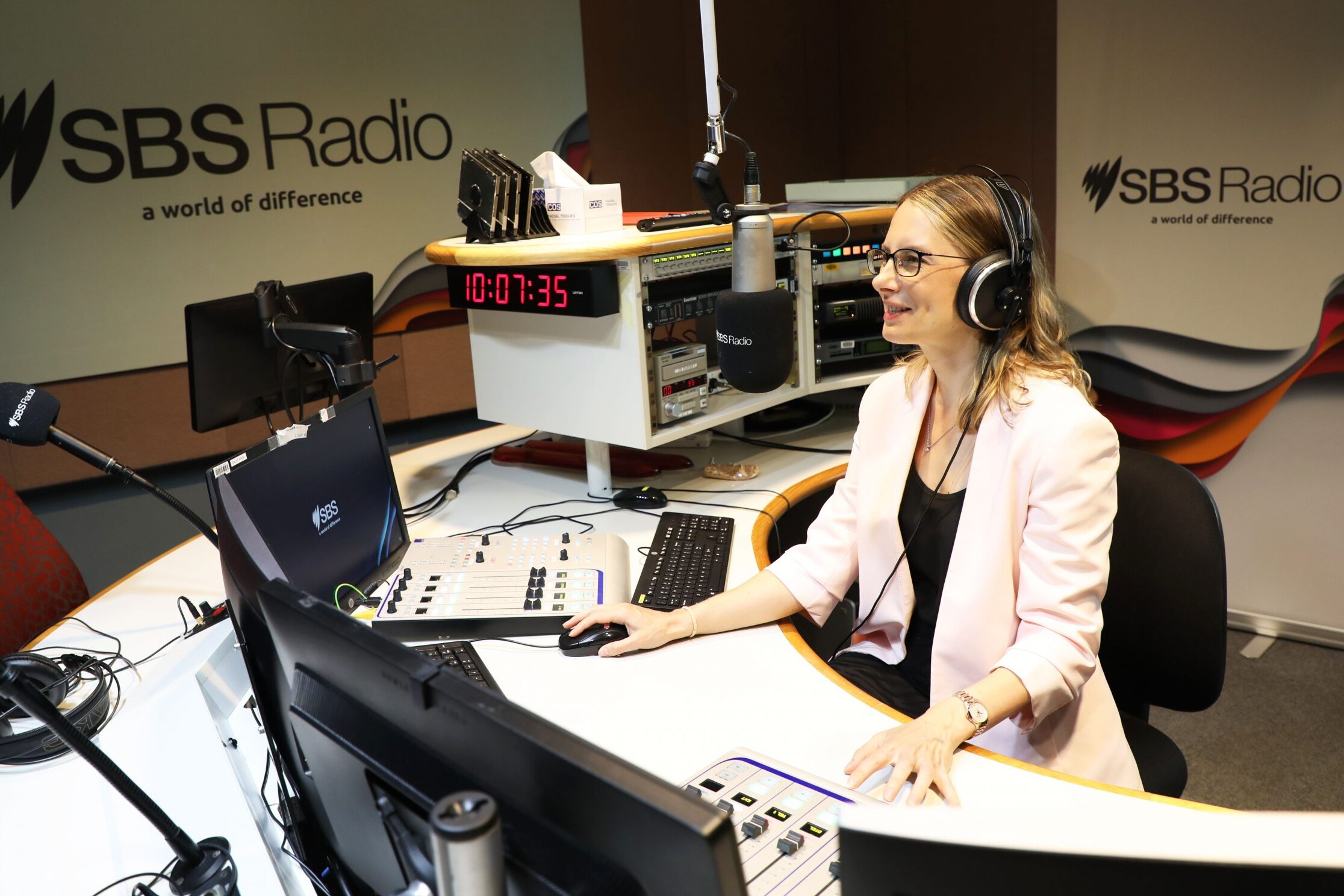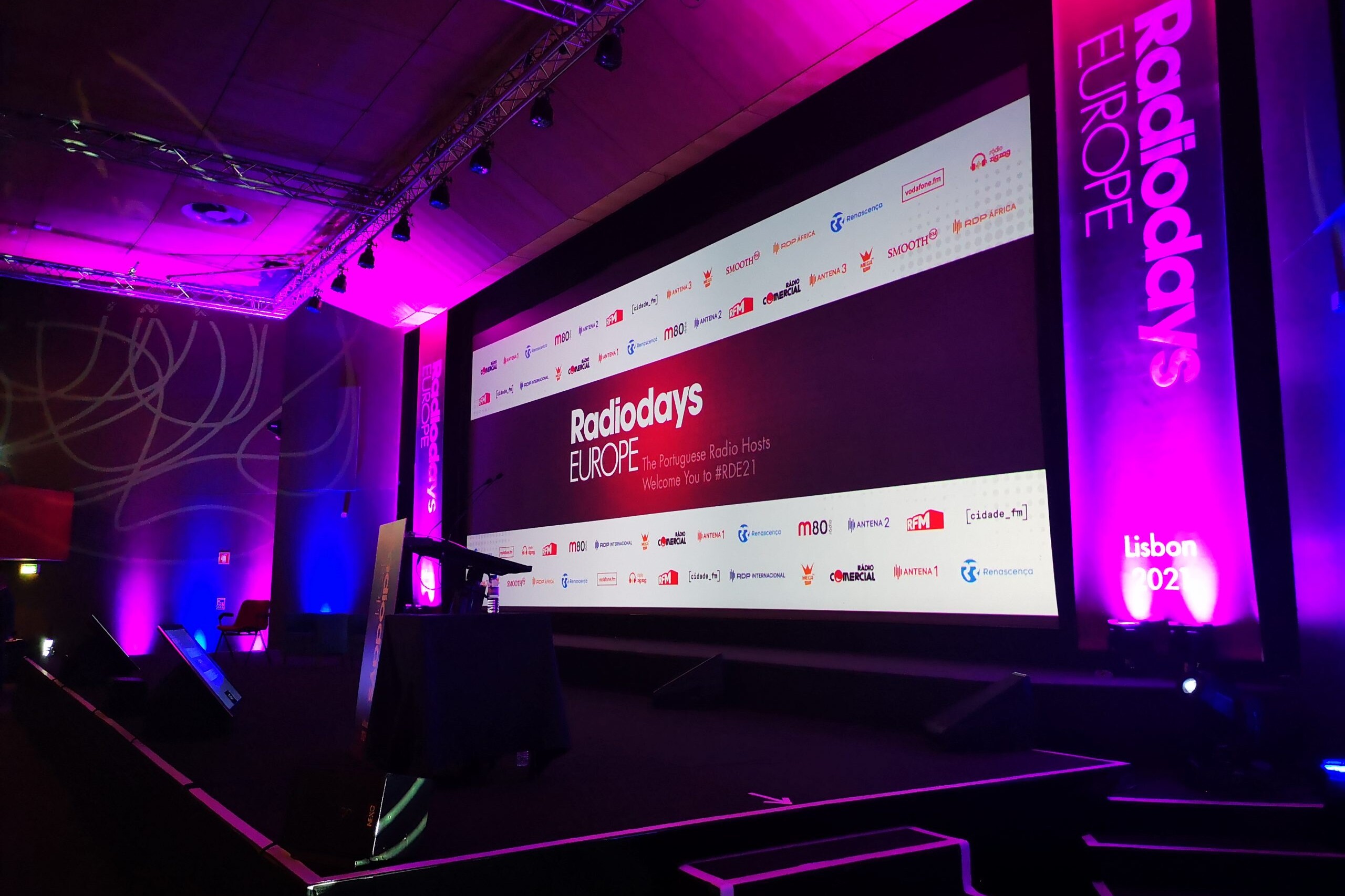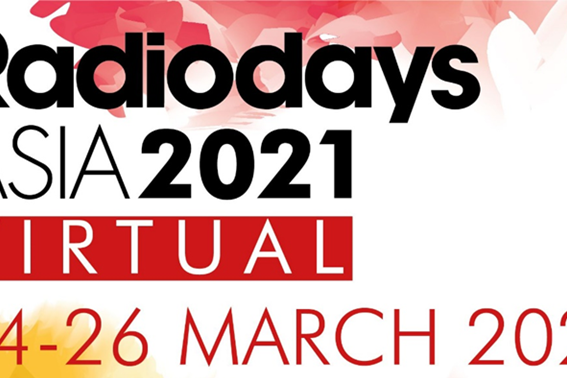The COVID-19 pandemic has hit the media industry hard, and public radio broadcasters have not been exempt. Fortunately, recent positive trends – from increased podcast listenership to more diverse audiences – indicate promising developments.
Public radio broadcasters were hugely impacted by the global onset of the COVID-19 pandemic, with many still recovering. At SABC in South Africa, its African Language radio stations saw a decline in their broadcast revenue. In Latin America, radio advertising decreased by 18.4% while more than 900 jobs in radio, TV, and print were lost just in Chile alone. In North America, less commuting due to COVID-19 restrictions led to significant declines in radio listening in both the United States and Canada, and the latter could face the closure of more than 200 radio stations by 2023.
Fortunately, recent audio trends have indicated a positive turnaround and future for public radio broadcasters.
Podcast audiences up
2021 saw an uptick in podcast listenership of public radio broadcasters as well as a heightened focus on increasing podcast content.
In December, the BBC said podcast listening via its BBC Sounds platform rose by nearly 25% from January to November 2021. According to the BBC, there were 558 million plays of podcasts and on-demand radio programmes on BBC Sounds in the UK in 2021.
There is SO MUCH to listen to on BBC Sounds. 🎧#InternationalPodcastDay pic.twitter.com/NuKrfJdnGi
— BBC Sounds (@BBCSounds) September 30, 2021
Overall, the broadcaster recorded 1.3 billion plays of music, radio, and podcast – an increase of 8% compared to the same period in 2020.
“Listening to podcasts and music mixes has really grown again this year, with new music and podcast tabs on BBC Sounds making it even easier for listeners to find audio to suit what they’re looking for. It’s great to see our firm favourites and brilliant big name talent continuing to delight the audience, as well as new titles prove to be really popular this year.” — Jonathan Wall, Controller of BBC Sounds
Meanwhile, other broadcasters like Yle in Finland are embracing the surge in audio consumption, especially podcast listening. For 2022, the public broadcaster has undertaken an ambitious initiative – turning its smallest radio channel, Yle Puhe, into a station for podcasts and recorded programmes.
Yle Puhe’s new podcast focus is in response to changing audience consumption, with more and more audio content being consumed on an on-demand basis. Yle’s radio channels remain relevant, with more than 50% of Finns consuming its audio content on a weekly basis.
More diverse audiences
Diversity has become even more of a priority in recent years. For public broadcasters, including CBC/Radio-Canada and ABC Australia, that meant a look at how they could better the diversity, equity, and representation both within their organisations and within their content.
A positive audio trend from 2021 has been an increase in diverse audiences for public radio. At Radio France, for instance, there are 1.8 million daily listeners under the age of 30, with the number of young listeners on the rise on its France Inter, Franceinfo, France Culture, and Mouv’ channels.
For NPR in the United States, its foray into digital media has increased its reach to younger and more diverse listeners. The Washington Post reported that NPR’s podcast-listening audience far more closely reflects the country’s racial demographics than its traditional radio audience does – while 42% of NPR podcast audiences are people of colour, the same group only makes up 21% of its radio audience. Meanwhile, most of NPR’s radio listeners are 44 and older; in comparison, most of its podcast listeners are between 18 and 44.
Podcasting has helped NPR achieve its “number one goal” to “reach a younger, more diverse audience, and to expand NPR into parts of the American community that [have] otherwise not really found maybe so much resonance with NPR,” NPR’s Chief Executive, John Lansing, said.
But NPR will not rely only on attracting more diverse audiences to its podcasts. The broadcaster is also turning its attention to transforming podcasts into radio shows to reach a different group of listeners. NPR bosses have assured that the podcasts will keep their same sensibilities even after transition.
The public broadcaster also revealed in November 2021 that its spoken word audio content has dramatically gained popularity among young and multicultural listeners. According to the 2021 Spoken Word Audio Report from NPR and Edison Research, 26% of 13-34-year-olds’ audio time is spent consuming spoken word audio content, an increase of 116% compared to 2014. Black listeners and Hispanic/Latino listeners spent 22% and 27% respectively consuming spoken word audio content. In both cases, there was a noted increase of at least 80% compared to 2014.
Multiplatform engagement
The past year has offered up useful insight on how audiences choose to consume content from public radio broadcasters.
For RNZ – New Zealand’s public-service radio broadcaster – 2021 ended “on a high”, with “the strongest audience levels of 2021 across [its] radio and digital channels.” RNZ’s audiences accessed the broadcaster’s content across multiple platforms, including its live radio channels, website, social media, and app, and even third-party platforms.
According to RNZ, the latest survey results of 2021 showed that 636,700 New Zealanders tuned in live to RNZ National each week; this represented an increase of 37,100 listeners over the previous survey and the broadcaster’s highest audience of the year. RNZ Te Ao Māori shows Te Manu Korihi and Te Ahi Kaa both saw audience increases of 55%.
Engagement from online audiences were also up, with more New Zealanders than ever accessing content on the RNZ website. In October, 1.36 million New Zealanders over the age of 15 visited RNZ.co.nz, more than three times the audience of 417,000 reached in January 2020. For audiences aged 25-54, there was a fivefold increase since the beginning of 2020.
RNZ also reported an “all time high” usage of its app and increased engagement on its social media channels and third-party platforms.
In Demark, a study from the DR Media Research offered insight into the sound consumption habits of Danes. Radio remains the largest audio medium with 46% of surveyed Danes saying they spent their total listening time on it. “Radio takes up almost twice as much of the Danes’ sound consumption as digital music on streaming and about five times as much as the sound sources podcasts, music on YouTube and audiobooks,” DR said. It is noted, however, that young people and adults under 46 spend significantly more time on music streaming than on radio compared to the rest the population.
The study also looked at the devices Danes used to consume audio. 52% of those aged 15-24 said they listened to audio content through headphones, compared to only 6% of people 65+ who did.
Hybrid storytelling
In recent months, more and more public broadcasters have conceived new ways to tell existing stories and one solution has been to use multiple media formats, as seen in Argentina and The Netherlands.
Last month, Argentine public broadcasters Televisión Pública (TVP) and Radio Nacional announced that Futuralia – a show that featured the opinions of Argentine children on different topics related to their present and future – would appear on public radio in a podcast format. The show first premiered on television and its radio counterpart premiered on 12 January.
📍Futuralia, podcast con perspectiva federal que propone reflexionar y discutir el futuro de la Argentina post pandemia.
📻Estrena mañana, miércoles 12 a las 10hs
Una producción de @okfutura, @TV_Publica y @SecMediosyCP
Más info en 👉 https://t.co/gA6CrFrsTZ pic.twitter.com/uly9snHnNi
— Nacional Santa Fe (@Nacional_StaFe) January 11, 2022
Meanwhile, in the Netherlands, national public broadcaster NPO has created The Story of The Netherlands, a 10-episode TV show that features the country’s history in the dual formats of a drama series and a documentary. The show premiered on 2 February.
What sets this programme apart, however, are its complementary content: a podcast, audio tours, and a separate series for children. These complementary pieces are being handled by NTR, the public service broadcaster responsible for providing informational, educational, and cultural, radio and television programmes for NPO.
The podcast “picks up where the series leaves off”, with interviews from history experts on historical Dutch figures. “The NTR sees the TV series as an inspiring basis from which the viewer can delve further through the The Story of The Netherlands,” NTR said.
Growth in DAB+
2021 saw a heightened focus on digital radio as well as broadcasters meeting new audience demands, with some broadcasters like VRT recording strong growth in audiences listening to radio via DAB+.
In December, Radio France CEO Sibyle Veil emphasised the broadcaster’s commitment to digital radio’s growth in France. She noted the benefits of DAB+, including its more powerful transmitters that can broadcast more radio stations on the same frequency.
“DAB+ is first and foremost this modernity, this sound quality, this radio without interference,” she said. “It is also a radio that is free — a radio that is neither dependent on online distribution, nor on operators or platforms. Over the coming years, I believe that listening to live radio will remain durably as a way to listen to the radio,” Sibyle Veil said.
Her comments came just a few months after France launched two national multiplexes to broadcast 25 DAB+ stations, including national services from Radio France. The 25 stations include three new DAB+-only stations and 22 stations that are also broadcast in FM. The initiative would see millions of people gain access to a wider range of national and regional radio stations and improved audio quality, station and programme information, and slideshow images.
“The launch of two national multiplexes in France is a critical milestone in the development of DAB – not only for France but for the whole of Europe,” Patrick Hannon, President of WorldDAB, said. “This launch, coupled with the recently introduced French radio receiver law, creates an unprecedented opportunity for growth in the DAB+ receiver market in France.”
Meanwhile, Belgium has recorded growth in DAB+ listening and public broadcaster VRT has taken note. In October, VRT said it would be strengthening its offer on DAB+ with two sub-brands of its popular radio programmes Radio 2 Bene Bene and StuBru De Tijdloze.
“We notice that digital listening is gaining momentum. A richer offer on DAB+ can further strengthen this growth […] We have received a massive amount of enthusiastic reactions, proof that we really respond to the needs of our listeners,” VRT Radio & Audio Manager, Els Van de Sijpe, said.
According to VRT, DAB+ radio listening in Belgium has increased in recent years, with COVID-19 lockdowns causing a further dramatic rise. About 41% of the total radio listening volume is now digital and 19% listen via DAB+, VRT said.
VRT’s focus on DAB+ supports national efforts to grow digital radio listening. Benjamin Dalle, Flemish Minister of Brussels, Youth and Media expressed pleasure at the upward trend, which saw a noteworthy rise during the COVID-19 pandemic when more people started listening to digital radio.
“Since the future of radio listening is digital, the Flemish Government continues to focus on digital radio listening in all forms, such as DAB+ and streaming. For example, this year extra resources were made available to support the presence of local radios on Radioplayer and I am fully engaged in drawing up a digital frequency plan with a view to the roll-out of local DAB+,” he said.
He also said that the government hopes to speed up the disconnection of FM. He added, “It is important that the switch to digital radio listening is made as quickly as possible. I therefore hope that the listener will continue to find their way to digital (radio) listening.”
Header image: London, UK – Circa November 2019: Modern, DAB and digital streaming radio seen located in a kitchen. The modern design, wooden cabinet and push buttons are visible on this radio set. Credit: Nick Beer / Shutterstock.com
Related Posts
18th October 2021
Radiodays Europe 2021: Public media’s latest innovations
How are public media redefining their…


